Some flowers lie to your face. You plant them expecting a single glorious season—then boom. They’re back the next year like nothing happened. Or worse? You invest in a “hardy perennial,” pamper it through spring… and it ghosts you before summer even ends. This isn’t just confusion. It’s botanical betrayal. Whether it’s a sneaky annual that refuses to die, or a perennial with commitment issues, your garden deserves the truth. Forget what the label says. Let’s talk about the plants that play tricks—and the ones that break your heart.
Snapdragon
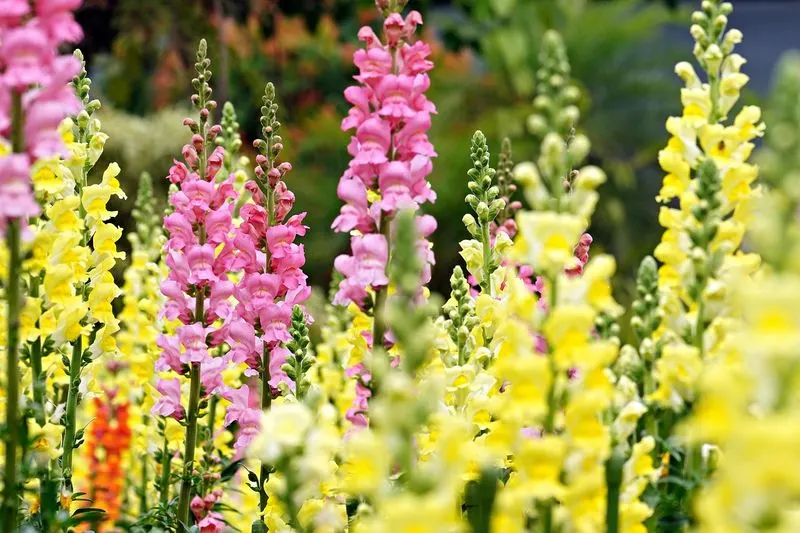
Snapdragons are known for their playful blooms that resemble a dragon’s mouth. A delightful surprise, these ‘annuals’ often return year after year, defying their classification. They thrive in well-drained soil and full sunlight, making them a gardener’s favorite.
Interestingly, snapdragons can withstand light frost, which allows them to survive in milder climates over winter. Their fragrance adds charm, and their varied colors provide endless design possibilities in your garden bed.
These resilient flowers symbolize grace and strength, reminding us that not everything is as it seems.
Sweet Alyssum
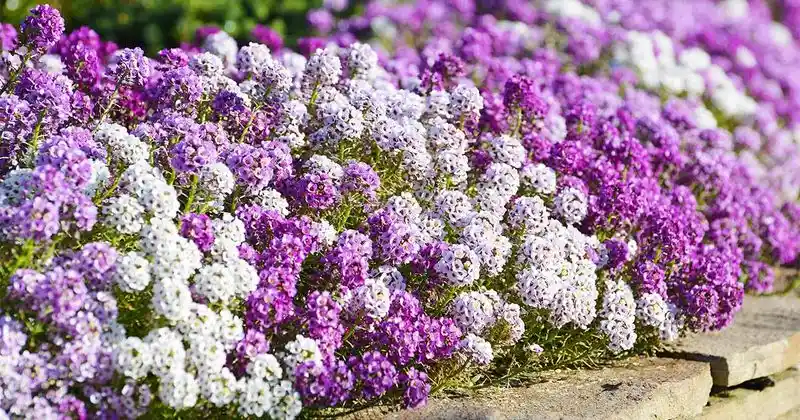
Sweet Alyssum charms with its carpet of tiny flowers and delicate scent. While labeled as an annual, this plant often reseeds itself, leading to unexpected returns in gardens. Its low-growing habit makes it a perfect border plant.
Come spring, its gentle fragrance fills the air, inviting bees and butterflies. Ideal for rock gardens, it complements other plants beautifully.
Its ability to thrive in various conditions, from full sun to partial shade, makes it adaptable and easy to care for, despite being tagged as an annual.
Calendula
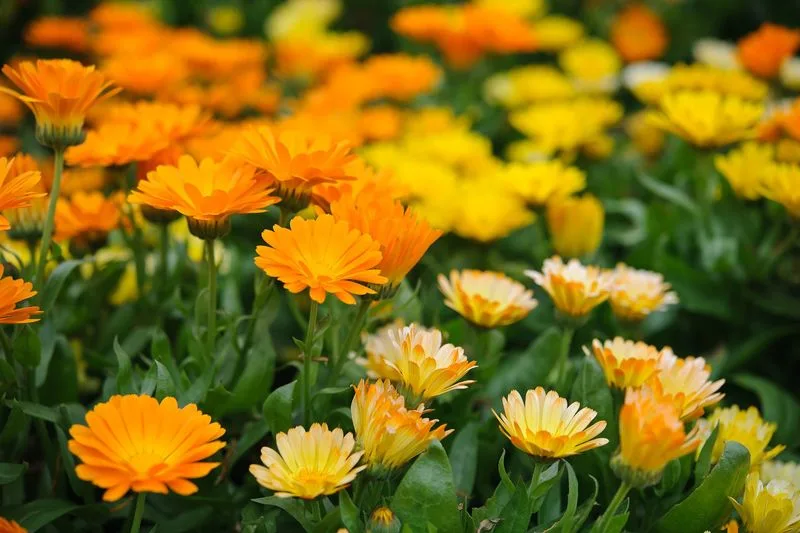
Calendula, often called pot marigold, is cherished for its medicinal properties and sunny blooms. Though branded as an annual, its seeds easily scatter, paving the way for new plants next season. Its vibrant colors brighten any garden, making it a popular choice.
This flower finds its roots in ancient herbal medicine, offering benefits for skin ailments. Easy to grow, Calendula thrives in both pots and garden beds.
Its resilience in different soil types makes it a steadfast garden companion, defying its annual status by returning unexpectedly.
Black-Eyed Susan
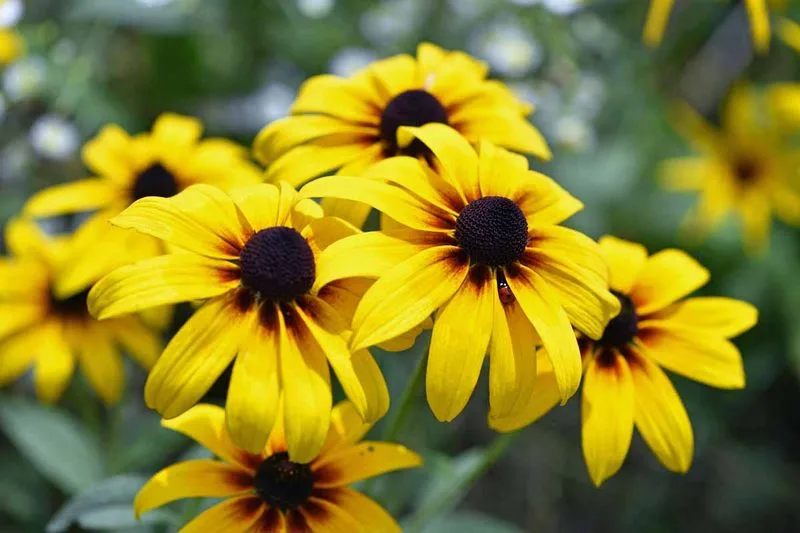
Black-Eyed Susans are a symbol of the summer sun, with their vibrant yellow petals and dark centers. Despite being treated as annuals in some regions, they often reseed robustly, painting meadows with their cheerful bloom.
Their adaptability to various soils makes them versatile, whether in a formal garden or a wildflower mix.
These flowers attract butterflies and bees, boosting garden biodiversity. Their persistence and cheerful appearance make them a garden staple, delighting gardeners year after year.
Forget-Me-Nots
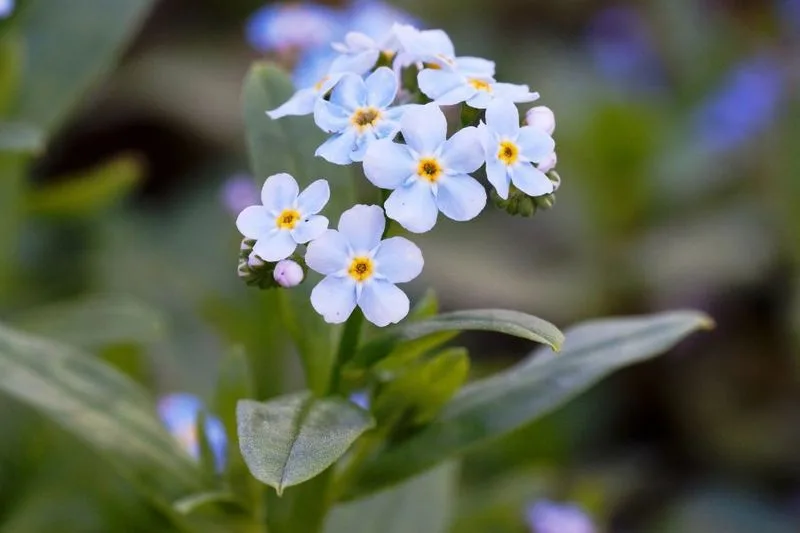
Forget-Me-Nots carry a touch of nostalgia with their delicate blue flowers. While often listed as annuals, they have a knack for reseeding, ensuring their presence lingers in gardens. Their association with remembrance makes them a sentimental choice.
These flowers favor shaded areas, offering a burst of color along woodland paths or under taller plants.
Despite their small size, they create a significant impact, often becoming a gardener’s favorite for their ease of care and reliable return each spring.
Larkspur
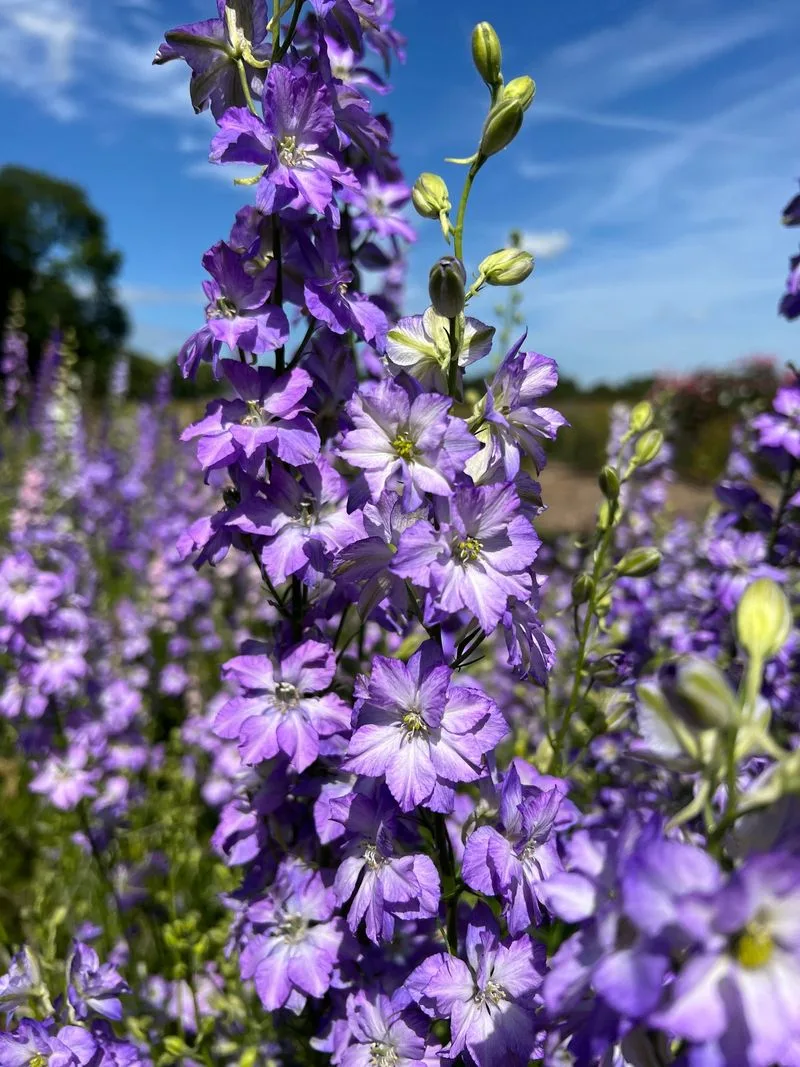
Larkspur brings elegance to any garden with its tall, spiky blooms. Typically known as an annual, it often surprises gardeners by reseeding itself and returning. Its delicate appearance belies a hardy nature that adapts to various climates.
These flowers prefer cool weather and can be a striking addition to cottage gardens. Their beautiful blue and purple hues attract hummingbirds and other pollinators.
Larkspur’s ability to self-sow makes it a reliable, if unexpected, perennial presence in many gardens.
Pansy
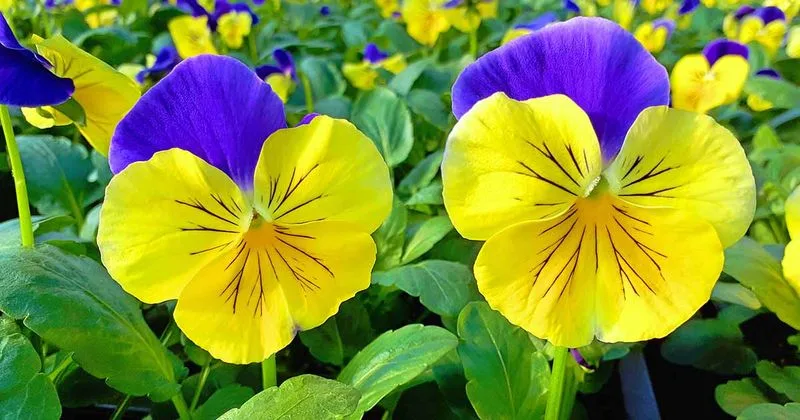
Pansies greet the world with their cheerful ‘faces,’ bringing joy to many gardens. Although they are classified as annuals, in favorable conditions, pansies can return for a second act. Their resilience to cooler temperatures allows them to brave early frosts.
These flowers thrive in containers, making them ideal for urban gardens. Their wide range of colors offers endless design possibilities.
Pansies’ charming appearance and unexpected returns make them a beloved choice for gardeners seeking color and life throughout the seasons.
Cosmos
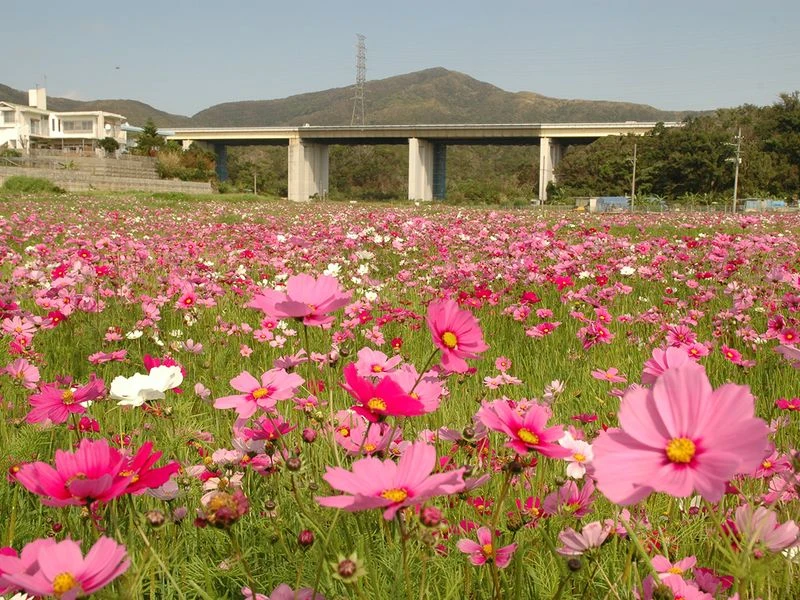
Cosmos add a whimsical flair to gardens with their airy, daisy-like blooms. Despite being annuals, they often self-seed, allowing them to reappear year after year. Their tall stems and feathery foliage create a light, breezy effect.
These flowers thrive in full sun and need little care once established, making them perfect for novice gardeners. Their delicate nature attracts butterflies and hummingbirds.
Cosmos’ ability to self-sow ensures they remain a perennial favorite, despite their annual label, bringing joy to gardeners each year.
Nasturtium
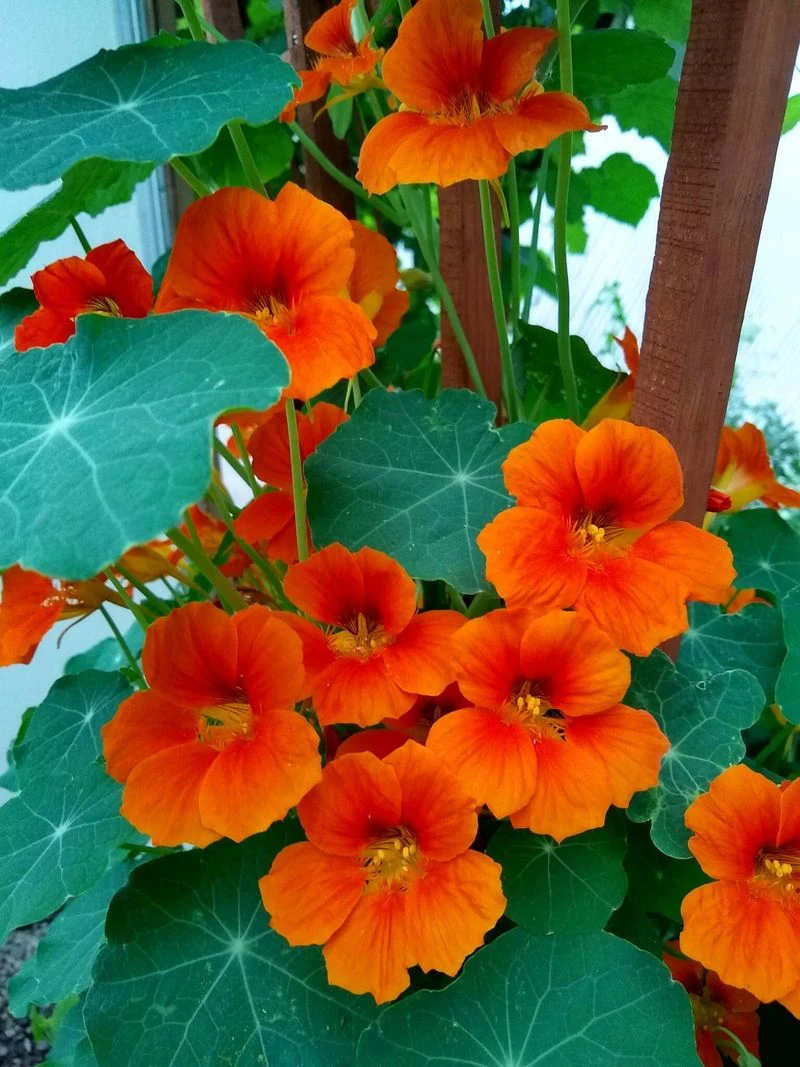
Nasturtiums bring a burst of color with their vivid blossoms and unique leaves. Though classed as annuals, their seeds often sprout anew, surprising gardeners with their persistence. These flowers prefer poorer soils, making them ideal for tricky spots.
Both leaves and flowers are edible, adding a peppery zing to salads. Nasturtiums also serve as a pest deterrent, protecting neighboring plants.
Their bold colors and unexpected return make them a delightful addition for those seeking both beauty and utility in the garden.
Petunia
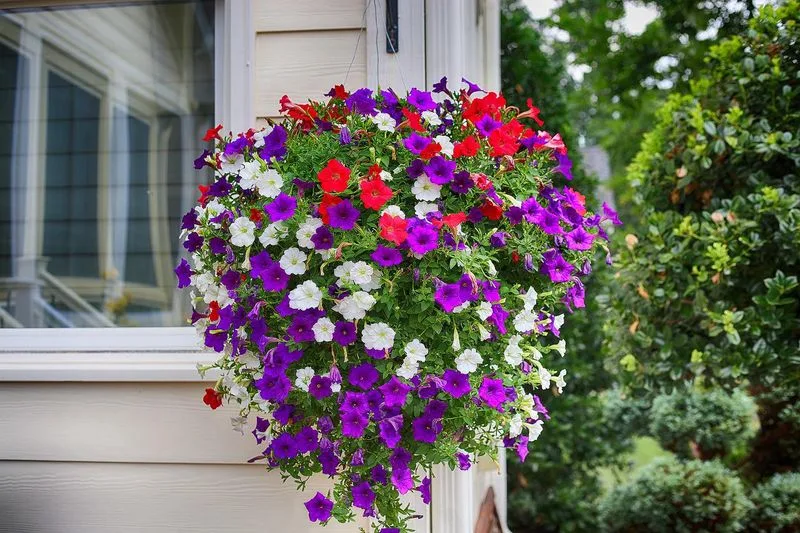
Petunias offer a cascade of color with their trumpet-shaped blooms. Labeled as annuals, their tenacity often leads them to return, defying expectations. They thrive in containers or hanging baskets, providing vibrant displays.
Their fragrant blossoms attract pollinators, adding life to any space. Petunias are versatile, withstanding heat and occasional neglect.
Their vibrant hues and unexpected resilience make them a gardener’s ally, providing color and cheer long after their planting season.
Verbena
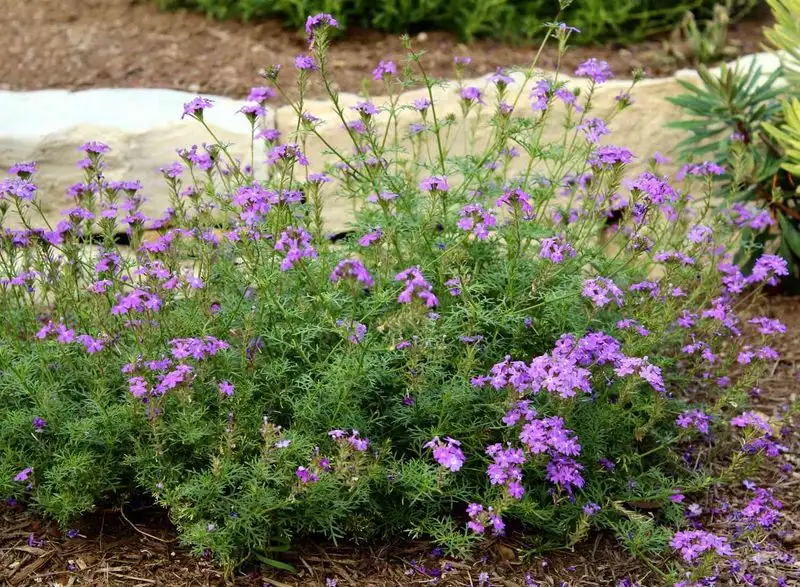
Verbena enchants with its clusters of small, colorful flowers. Often grown as an annual, it surprises by returning in mild climates. Its low-growing habit makes it a perfect ground cover, adding texture and color.
Verbena thrives in sunny spots, requiring minimal maintenance once established. Its blooms attract butterflies, enhancing the garden’s ecosystem.
The plant’s adaptability and persistent return make it a cherished addition for gardeners seeking undemanding yet beautiful floral displays.
Columbine
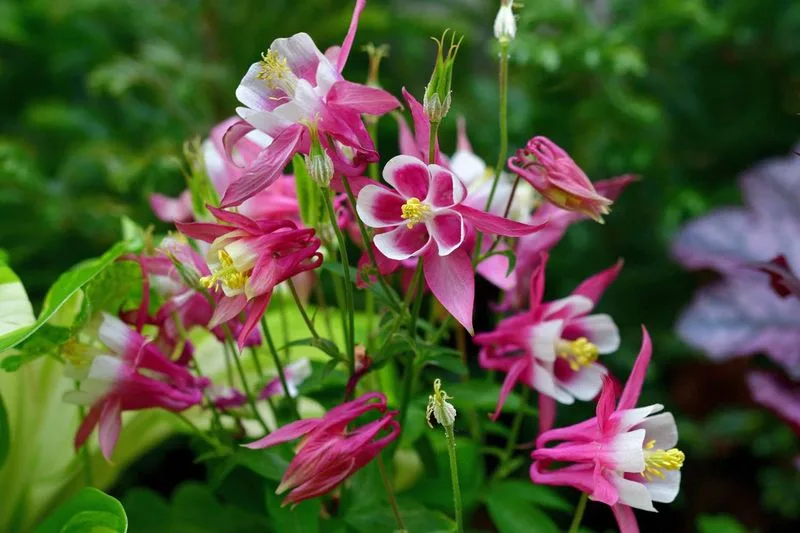
Columbine, known for its distinctive spurs, adds a touch of elegance to gardens. Despite being perennial, some varieties fade after a few years, challenging expectations. Its delicate blooms attract hummingbirds and bees.
Columbine thrives in woodland settings, preferring partial shade and rich soil. Its varied colors offer plenty of design possibilities, from subtle pastels to vibrant reds and purples.
The plant’s ephemeral nature and charm make it a garden favorite, offering beauty even if its stay is short-lived.
Lamb’s Ear
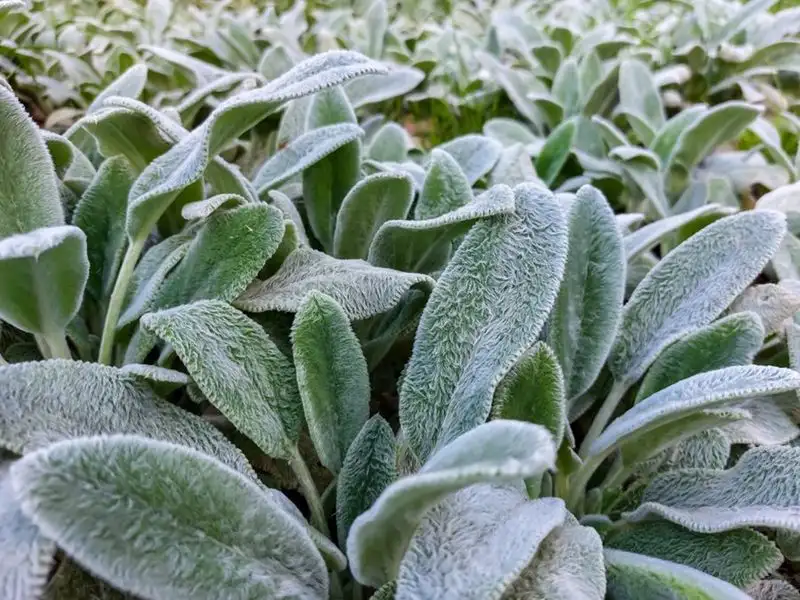
Lamb’s Ear captivates with its soft, velvety leaves, resembling a lamb’s ear. Though often perennial, it sometimes struggles in overly wet conditions, leading to unexpected departures. Its texture adds interest, complementing other garden plants.
This plant prefers sunny, well-drained spots and thrives in rock gardens. Its silvery foliage offers a striking contrast to colorful blooms.
Lamb’s Ear’s touchable appeal and occasional inconsistency make it a curious yet beloved choice for gardeners.
Delphinium
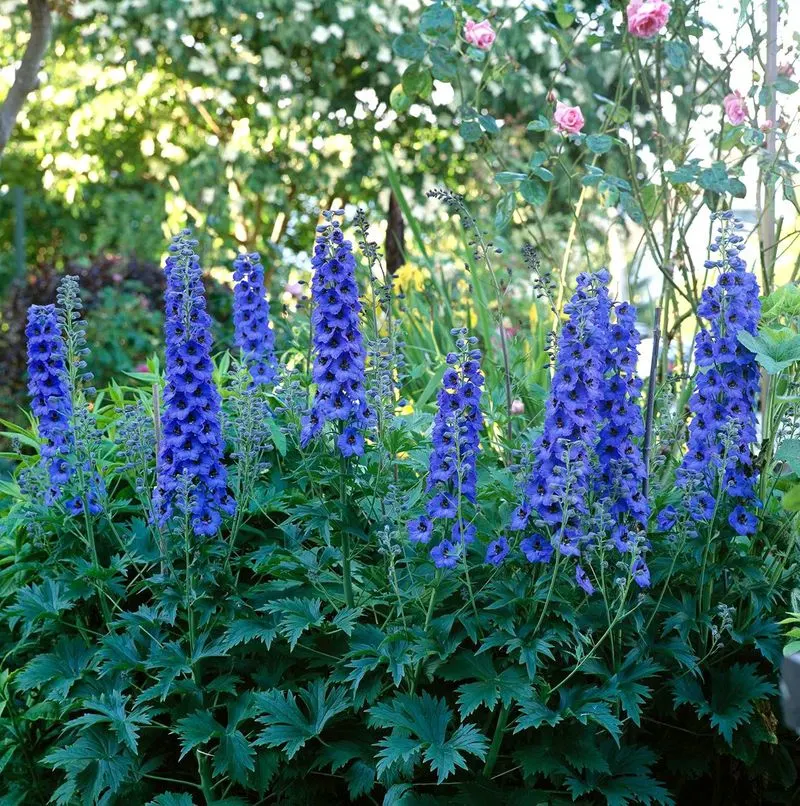
Delphiniums are known for their majestic spires of blue and white flowers. While perennials, some varieties are short-lived, requiring frequent replanting. Their striking appearance makes them a focal point in any garden.
These plants prefer rich, well-drained soil and a sunny spot, though they are susceptible to wind damage. Their towering blooms attract bees and butterflies.
The combination of grandeur and unpredictability makes delphiniums a rewarding yet challenging addition to gardens.
Foxglove
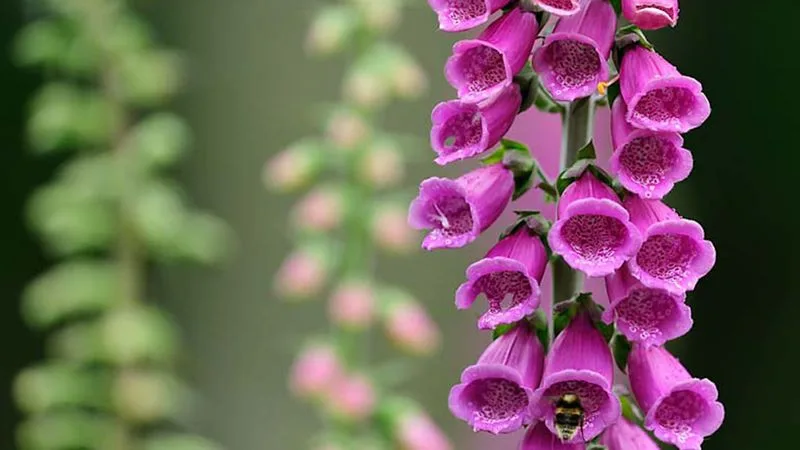
Foxgloves command attention with their towering spires and bell-shaped flowers. Although perennial, they sometimes behave as biennials, not returning after flowering. Their presence in a garden is both striking and serene.
These plants thrive in partial shade and prefer moist, well-drained soil. Their blooms attract bees and other pollinators, enriching garden diversity.
With their mix of reliability and unpredictability, foxgloves offer a touch of wild beauty, captivating gardeners each season.
Gaillardia
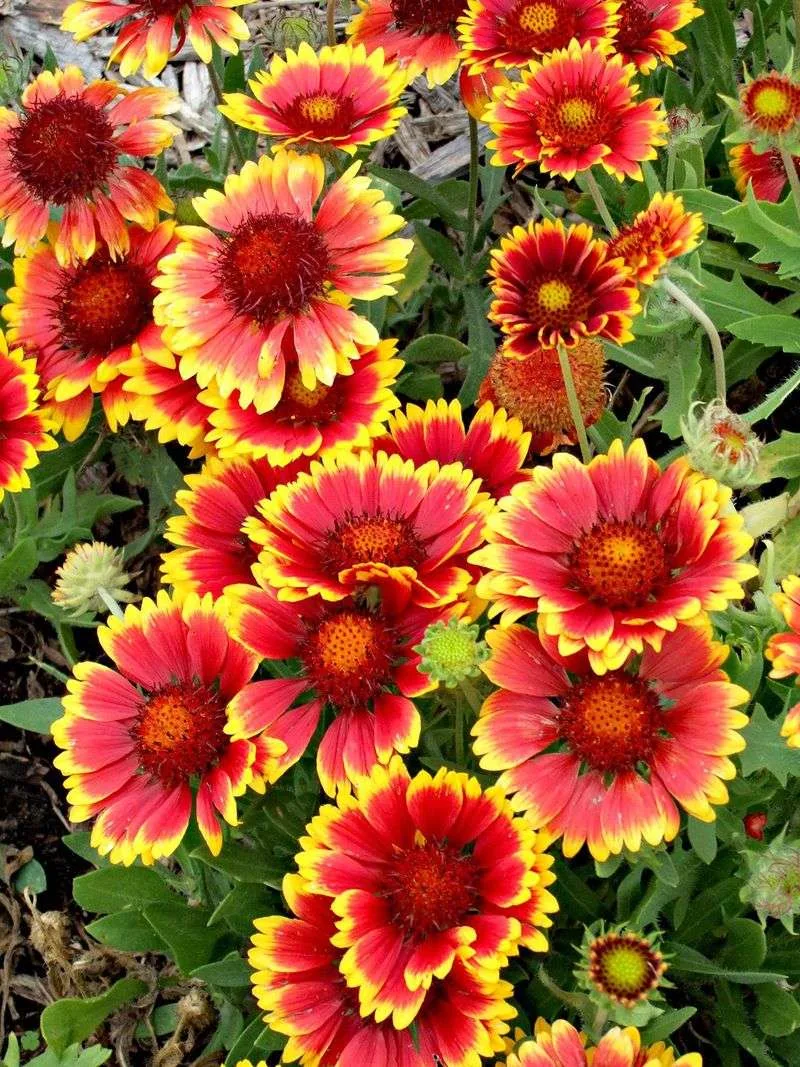
Gaillardia, or blanket flower, brings warmth with its fiery blooms. Often labeled as perennial, it sometimes fails to return in colder climates. This plant’s vibrant appearance is reminiscent of summer sunsets.
Gaillardia thrives in well-drained soil and full sun, making it a favorite in drought-tolerant gardens. Its long-lasting blooms attract butterflies and bees.
The combination of bold color and occasional absence creates a dynamic, ever-changing garden presence.
Coreopsis
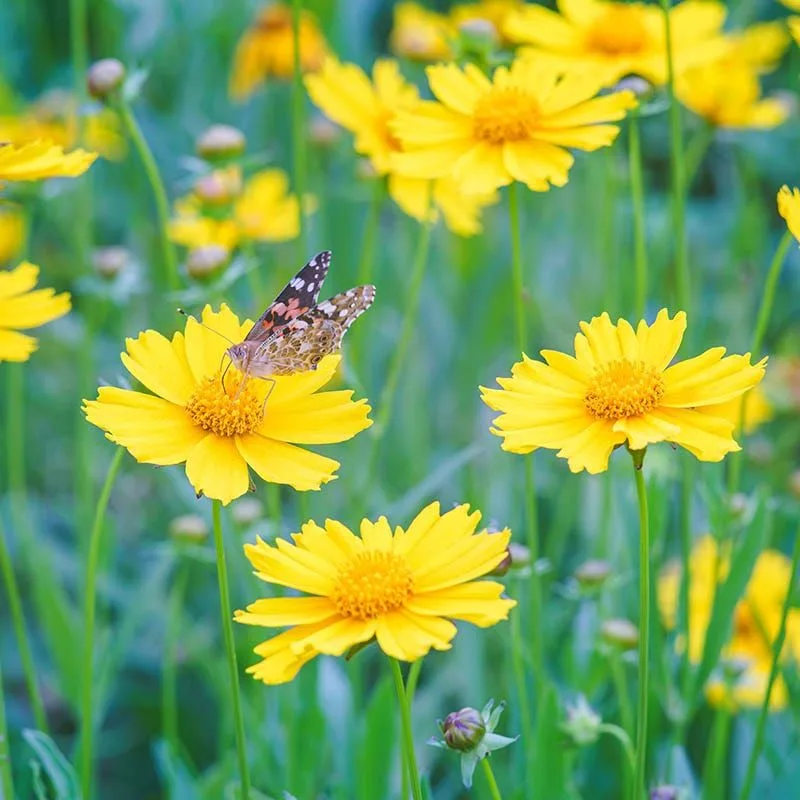
Coreopsis enchants with its sunny yellow flowers, dancing in the breeze. Despite being perennial, it sometimes fails to thrive, leading to unexpected gaps in gardens. Its cheerful appearance brightens any meadow or border.
This plant prefers full sun and well-drained soil, offering a low-maintenance option for gardeners. Its daisylike blooms attract pollinators, contributing to a healthy garden ecosystem.
With its mix of resilience and occasional unpredictability, Coreopsis offers both joy and surprise to those who cultivate it.
Russian Sage
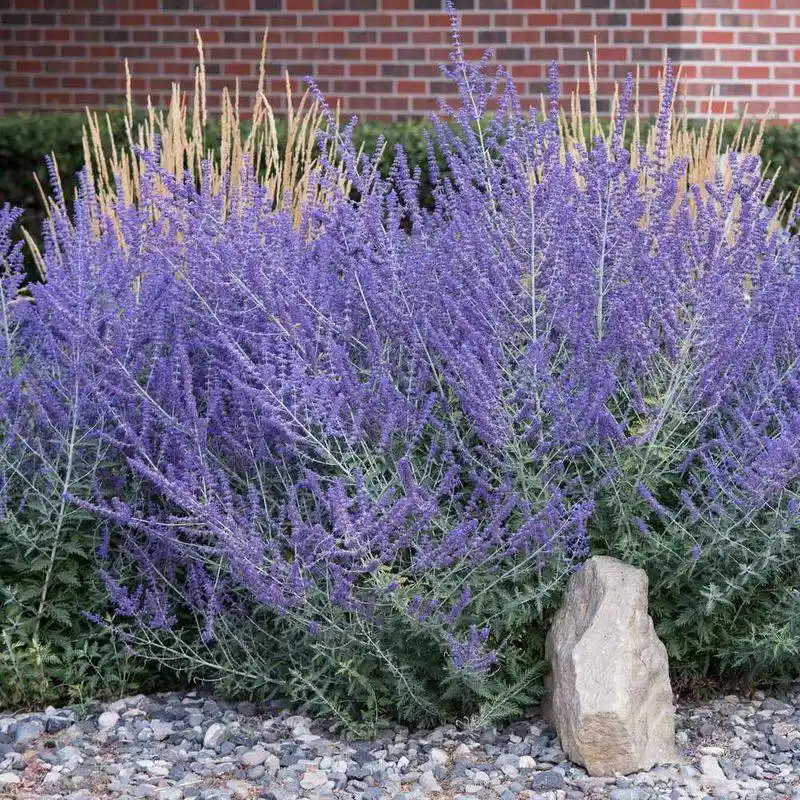
Russian Sage adds a touch of whimsy with its airy, lavender-like flowers and aromatic foliage. Although perennial, it sometimes struggles in overly wet winters. Its drought-tolerant nature suits dry, rocky gardens.
The plant’s silvery stems and purple blooms create a soft, misty effect, attracting bees and butterflies. Russian Sage’s resilience in challenging conditions makes it a valuable garden ally.
Its unique appearance and occasional absence add intrigue, ensuring a dynamic garden landscape.

